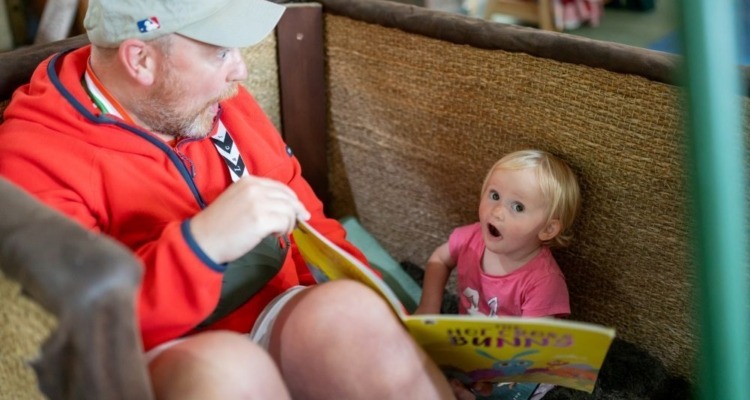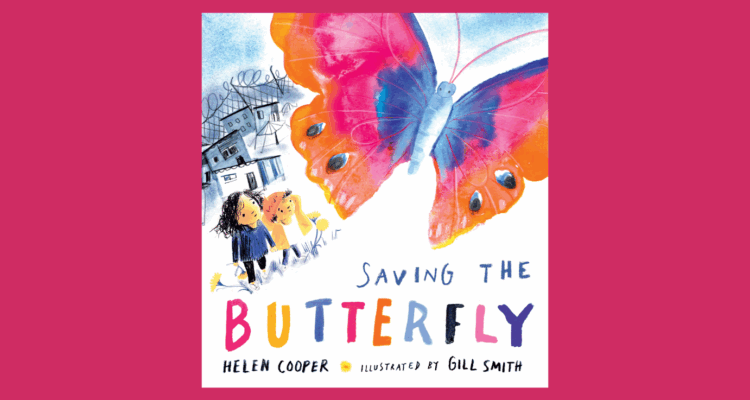Readers of the World: Iceland
It's time once more to pack our bags - metaphorically speaking - and head to foreign climes, as we continue to learn all about the Readers of the World.
Last time we headed to Ireland to learn all about the most famous of saints; now it's off to a country not that different in name but definitely a little further afield (and even colder): the Nordic European island country of Iceland.
 In August 2011, the United Nations Educational, Scientific and Cultural Organisation – better known as UNESCO – appointed its fifth City of Literature. Lining up alongside Edinburgh, Melbourne, Iowa City and Dublin as a centre of culture, creativity and above all, a beating heart of vibrant literary activity (of both writers and readers; past and present) is Reykjavik, the capital city of Iceland. The prestigious title is not given lightly; each City of Literature must be “dedicated to pursuing literature on a local level, engaging citizens in a dynamic culture of words” as well as representing literature on an international scale, establishing and creating literary links within all four corners of the world. That’s a lot of responsibility to take on, even for a nation of voracious readers.
In August 2011, the United Nations Educational, Scientific and Cultural Organisation – better known as UNESCO – appointed its fifth City of Literature. Lining up alongside Edinburgh, Melbourne, Iowa City and Dublin as a centre of culture, creativity and above all, a beating heart of vibrant literary activity (of both writers and readers; past and present) is Reykjavik, the capital city of Iceland. The prestigious title is not given lightly; each City of Literature must be “dedicated to pursuing literature on a local level, engaging citizens in a dynamic culture of words” as well as representing literature on an international scale, establishing and creating literary links within all four corners of the world. That’s a lot of responsibility to take on, even for a nation of voracious readers.
It's surprising that Reykjavik has not been awarded the accolade much sooner as if there was ever a city whose very foundations were built upon literature, then Reykjavik is it. Indeed the heritage of Iceland as a whole is tightly bound up with works that are considered to be landmarks of literature not only in their homeland but globally. The Sagas of Icelanders -Íslendingasögur as they are known in their mother tongue – have masterfully and rather spectacularly preserved the rich history of the country from its very beginnings, charting the migration, settlement, struggles and triumphs of the earliest inhabitants to Iceland. In turn, the Sagas intricate detail, breathtaking scope and – first and foremost – the great and timeless stories they tell have become just as significant a part of the country‘s heritage as the archiving of the ancestors that are recounted within.
Despite their almost overwhelming breadth - taking in events from the 10th and 11th century and being compiled as written volumes up until the 1500s - the Sagas are a perfect example of pure and exceptionally captivating storytelling, containing several key ingredients and plot twists that are central to any classic piece of literature, retaining all the excitement of fiction within a factual prose history. What makes the Sagas specifically as engaging and emphatic as the fire-and-ice country they are attached to is the fact their ‘characters‘ were all real, living, breathing people. More precisely they revolve around families; you don‘t have to watch Corrie or Eastenders to know that the family unit provides the biggest amounts of heartwarming joy and heartwrenching pain - and the Sagas certainly pack an incredibly dramatic punch. It isn‘t hard to chart the influence of the Sagas of Icelanders upon classic and modern literature alike; surely they are the predecessors of such legendary tales as Lord of The Rings (indeed, Tolkien admitted being greatly influenced by another bedrock of Icelandic literature, the vastly more mythological Poetic Edda) and the recent fantasy family-saga phenomenon A Song of Ice and Fire series. And as they‘ve been deemed “as tragic as Shakespeare, as colourful as The Canterbury Tales, as enduring as Beowulf, [and] as epic as The Iliad”, we can certainly see why the Sagas are regarded worldwide as a literary masterpiece, as enchanting and widely-read today as in centuries gone by.
Another factor that sets the Sagas of Icelanders apart from many vast historical texts that can be hard to get to grips with – instead marking them very much as something identifiable and real – comes with their presentation. Owing to the fact that before they were transcribed and put onto paper, they originated in the most traditional form of storytelling – being told and re-told through speech – the resulting prose has an untarnished clarity and straightforward narrative, making their drama all the more compelling. Icelandic literature has a particularly strong oral-based historical tradition, with both the Sagas and the aforementioned Poetic Edda being passed from generations through literal word of mouth. Iceland has been leading the way in read-aloud revolution for quite some time, and it has had quite an impact: it’s hardly a coincidence to learn that the Icelandic language is one of the most unchanged languages in the world, hardly transforming since the settlement of the Sagas’ protagonists in the country in the 9th century, and this is in large part due to the tradition of Icelandic literature being primarily spoken. The country’s literature – specifically the Sagas, read both in their original form and translated by various sources – goes hand in hand with its language, with each cultivating the other and the two put together cultivating a very strong sense of national identity and pride.
Even though Reykjavik is the heart of Iceland’s literary life – being home to the bi-annual and world renowned Reykjavik International Literary Festival, as well as the majority of Iceland’s publishing houses – a love of literature flows right through the country; hardly surprising when you consider the fact more books are written, published and sold per person per year in Iceland than in any other country in the world. To crunch numbers, five titles are published per every 1,000 Icelanders, double the rate for other Nordic countries [Source: Statistics Iceland; UNESCO]. Not only that, but on average it is estimated that one in ten Icelanders will go on to publish their very own work of literature in their lifetime. Impressive stats indeed, and one would suspect that there’s more than a few successors to Halldór Laxness and Ólafur Jóhann Sigurðsson in their midst.
Perhaps the nation’s affinity with literature in the modern day can be most closely linked to a yearly reading frenzy that is not specifically organised but has instead grown out of tradition and is now one of the most eagerly awaited reading-related events in the country. Iceland’s already booming publishing industry steps up a few more gears between October and December, heralding the lovely sounding ‘jólabokaflód’. This word translates to an idea that is even lovelier in concept, the Book-Flood-Before-Christmas (doesn’t it put images in your head of cascading waterfalls, gushing geysers and volcanos erupting with books rather than travel disrupting ash? Maybe that’s just me…). The pre-Christmas rush is big business everywhere but it’s in this time period that the city of Reykjavik is awash with a sea of books and all kinds of special events that help promote the act of reading, including writers being temporarily employed as shop assistants in bookstores and public readings taking place right across town. Given that books are clearly for life and not just for Christmas here (although they are the most popular Christmas present in the country), Reykjavik and Iceland as a whole most definitely deserves its award as a country flying the flag for literature love.
Share
Related Articles

We cannot just tell parents to read more. To truly improve children’s futures through reading, we need to properly support the adults around them to do so.
Responding to the Department of Education's announcement that 2026 will be a Year of Reading, The Reader's Managing Director Jemma…

Storybarn Book of the Month: Saving the Butterfly
This month, as part of Refugee Week (16-22 June), we've been taking a look back at one of our favourites…

Shared Reading in Wirral Libraries: ‘As a kid people read stories to you but as an adult you lose that – and it’s a fantastic thing to do!’
Two Strategic Librarians for Wirral Libraries, Kathleen McKean and Diane Mitchell have been working in partnership with the UK’s largest…


